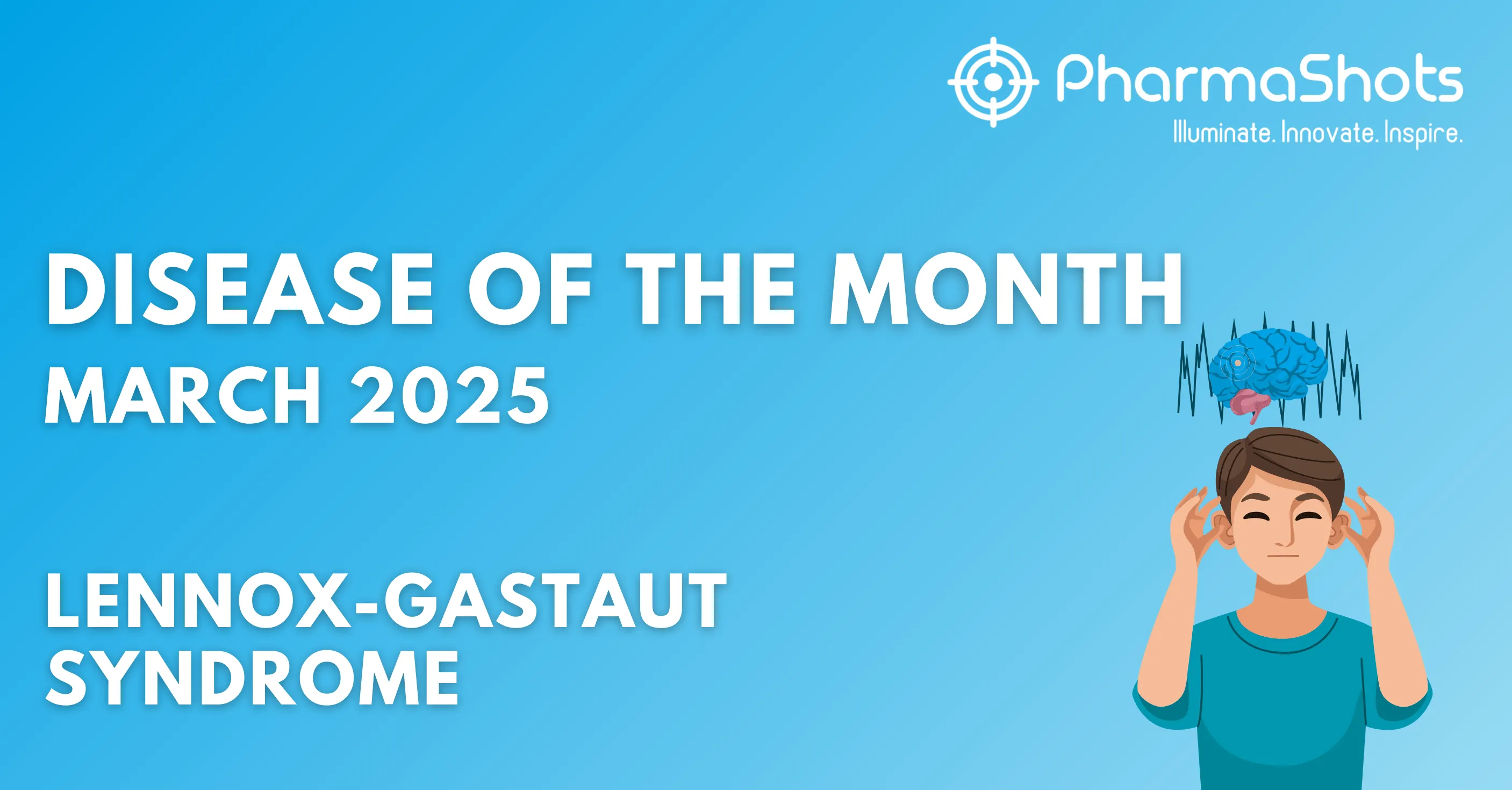
Disease of the Month: Vitiligo Disease
25th June is celebrated as Vitiligo Awareness Day. Vitiligo is a long-term skin disorder in which skin loses its color and white patches develop on the skin. It can occur in any part of the body and the discolored area grows with time. If the affected white area is less than 5mm it is known as macules and if it is 5mm or larger, it is known as patches1. Normally, melanin is responsible for the color of the skin and hair. When these melanocytes (melanin-producing cells) become unfunctional or get destroyed by the immune system of the body, it leads to vitiligo. The location and size of macules vary depending on that some areas of skin may lose and regain their pigments over time2. The larger patches usually stay in the same place over years but may continue to spread and widen. Vitiligo also varies in the amount of area affected, with some people developing few depigmented areas and the others experiencing extensive loss of skin color1.
Approximately, 0.5-1% (70 million people) of the total world population is affected by vitiligo. The condition can appear at any age but most often appears between 10-30 years of age2. It does not lead to any discomfort of the skin like dryness, but rarely the patches can be itchy. Vitiligo is not a contagious or life-threatening disease but living with it can be stressful and challenging. The skin patches can make a person feel bad about themselves, lower their self-confidence, and even interfere with their relationships.
The most affected areas include:
- Hands
- Armpits
- Genitals
- Skin Creases
- Feet
- Fingers and forearms
- Face (mouth and eyes)
- Sometimes inside the mouth
It often begins as a pale patch on the skin which progressively turns white completely. The centre of the patch might be white with paler surrounding skin. The edges of the patches might be irregular or smooth. Sometimes they can be inflammated or red or can have brownish discoloration.
SIGNS & SYMPTOMS:
- Loss of color in certain patches of skin which usually begins on the face, hands, and areas around body openings3.
- Premature graying or whitening of the hair of your scalp, eyebrows, eyelashes, or beard2.
- Loss of color in the mucous membranes of the inside of your mouth or nose3.
CAUSES OF VITILIGO:
Although it is to date unclear why the melanocytes become unfunctional or fail but still many theories exist predicting the possible causes:
- Autoimmune Condition: the host’s immune system starts producing certain antibodies which destroy the melanocytes1.
- Genetic Factor: about 30% of the cases run in family. Certain genetic factors can increase the probability of getting vitiligo.
- Induced Triggers: certain events of emotional or physical stress, skin trauma such as contact with any chemical or severe sunburn.
- Neurogenic Factor: the nerve endings in the skin releasing certain substances that are toxic to melanocytes
- Self-Death: any defect in the melanocytes causing them to destroy themselves
TYPES OF VITILIGO:
There are 2 major types of vitiligo2:
- Segmental Vitiligo
- Non-Segmental Vitiligo
Rarely is seen that vitiligo affects the whole body of an individual. This type of vitiligo is known as Complete or Universal Vitiligo2.
Segmental Vitiligo
- It is also known as localized or unilateral vitiligo.
- In this type, the white patches appear only on one area of the body.
- This type is less common than non-segmental vitiligo, though it appears more commonly in children2.
- It begins early and affects around 3 in 10 children suffering from the disease.
Non-Segmental Vitiligo
- It is also known as generalized or bilateral vitiligo.
- In this type, the white patches appear symmetrically on both sides of the body parts.
- The symmetrical patches appear on:
- Elbows
- Arms
- Back of hands
- Feet
- Knees
- Skin around body openings like eyes
- It is the most common type of disease which affects around 9 in 10 patients
TREATMENT
Vitiligo is a permanent condition and there is no cure for vitiligo present to date. Still, there are some treatment options available that can reduce the appearance of the patches. The course of treatment is dependent on the age of the patient, the area of skin affected, the rate of progression of the disease, and its impact on the life of the patient2.
The main goal of treatment methods is to even the skin tone either by re-pigmentation (restoring the skin color) or by de-pigmentation (to eliminate the remaining skin color)2. Though the treatment methods can temporarily restore the skin color they cannot terminate the progression of the disease. Common treatments methods used are1:
1. Camouflage Therapy
Using sunscreen can minimize tanning, therefore can limit the contrast between the normal and affected skin. Makeups can also be used for the purpose if macules being present.
2. De-Pigmentation Therapy
Monobenzone drug can be used in cases of the extensive condition. The drug can be applied to the normal skin area which will turn them white to match the affected area.
3. Re-Pigmentation Therapy
Corticosteroids can be administered topically (as skin cream) or orally (as pills). The results of these can take up to 3 months. If used for prolonged time the possible side effects include stretch marks or skin thinning.
4. Photo Therapy
Narrow band ultraviolet B (NB-UVB), excimer lasers, and a combination of UVA and Oral Psoralen can be used as a photo-therapy treatment.
5. Surgery
Autologous skin grafts can be taken from one part of the body to cover the affected area. This can induce certain complications like infection, scarring, or failure to re-pigment. Micropigmentation can also be used to treat the lips of people affected with vitiligo
Source:
Related Post: Disease of the Month: Dengue Disease | PharmaShots
Tags

Akanksha was a content writer at PharmaShots. She is interested in covering recent innovations from pharma & medtech industry. She covers news related to Product approvals, clinical trial results, and updates. She is passionate, meticulous, diligent, and inquisitive. She can be contacted at connect@pharmashots.com.














